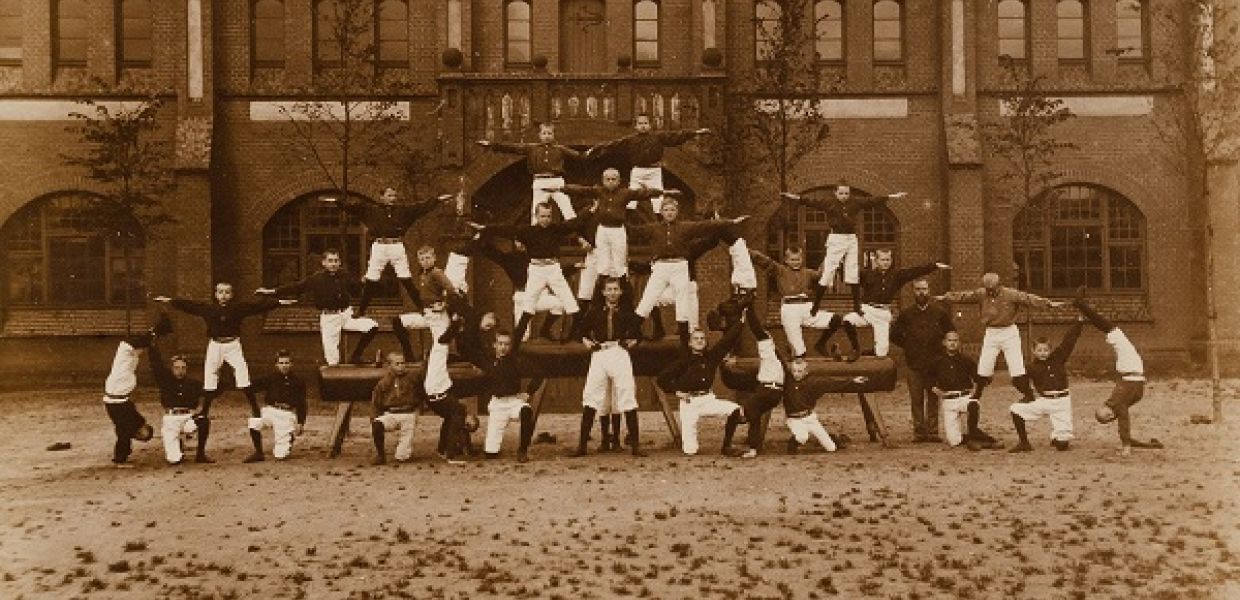Europeana Content Strategy: getting the right content to the right user at the right time

Europeana’s platform can only be as good as the content it provides access to. For that reason, our new Content Strategy published today will help our organisation and partners to identify what kind of content we need to expand, what content we need to limit, and who takes ownership of the decision making process. This Content Strategy was designed by a team consisting of key Europeana Foundation staff and aggregators representing the domains (museums, libraries, archives, audiovisual archives), and will support us in “getting the right content to the right user at the right time through strategic planning of content creation, delivery, and governance” (Content Strategy Alliance Charter - Content Strategy Definition).
Working towards new goals for 2020
The Content Strategy needs to flow naturally from overarching strategic aims. Following the Council Conclusions, our Recalibrated 2020 Strategy is clear on the direction Europeana is taking: during the next four years, we aim to increase quality over quantity, and open the data. The mechanism we use to judge technical quality is the Europeana Publishing Framework (EPF). At the end of 2016, 17% of the data in Europeana met tiers 2/3/4 criterias (tier 4 being high quality, freely re-usable content), while 83% didn’t, and is considered tier 1. We have the ambitious goal to reverse these figures by 2020, so that tiers 2, 3 and 4 represent 80% of the content, and tier 1 the other 20%.
Defining guiding principles
How are we going to get there? Europeana Foundation and the DSI partners will invest a lot of time and effort in helping cultural heritage institutions opening up their data and improve their quality. Consequently, the platform will have to prioritise the improvement of existing data over new data publication, and remove existing data no longer complying to the minimum requirements as specified by the Europeana Publishing Guide.
But this is only covering the technical requirements. How about the nature of the content itself? The responsibility for the data contributed to the platform is clearly with the cultural heritage institutions, but Europeana will actively encourage and prioritise data that fits specific themes or user demands. We will do so based on user research, statistical analysis and impact studies, and we will relay that information with our partners. By 2020, we estimate that around 20% of the new data will be ‘push’ while 80% will be actively acquired (‘pull’).
Putting theory into practice
Following these two guiding principles (Quality instead of quantity, and Demand-driven content acquisition and publication), the Content Strategy concludes the following:
-
Europeana will continue to be inclusive and in principle publish all types of content that museums, libraries, archives, and audiovisual institutions, based on their respective digital strategies, consider important enough for publication in Europeana.
-
Europeana is inclusive of the cultural heritage from centuries long past to modern times. Making 20th century content accessible is important to avoid limiting the value of our services.
-
Europeana focusses on content that is about Europe, Europeans, created in Europe or is owned by a European institution. Europeana may actively pursue content from non-European sources.
-
Metadata records in Europeana always need to point to a freely accessible digital object.
-
Europeana is unique in offering a discovery service for lesser known collections, and therefore won’t give special preference to masterpieces in the content acquisition process within a collection unless there is a specific demand.
The Content Strategy document (and its dedicated page on Europeana Pro) elaborates on the above conclusions and specifies how Europeana intends to put these principles into practice. It details the rationale behind each element, and indicates how it relates to Europeana’s 2020 Strategy and other relevant policies.The operational aspects of the Content Strategy and the data requirements are specified in a new version of the Europeana Publishing Guide. This new version also includes an update of the minimum requirements for digital objects previously published in the Annex of the Europeana Publishing Framework. As a consequence, the Publishing Framework itself was updated to exclude digital object requirements.

